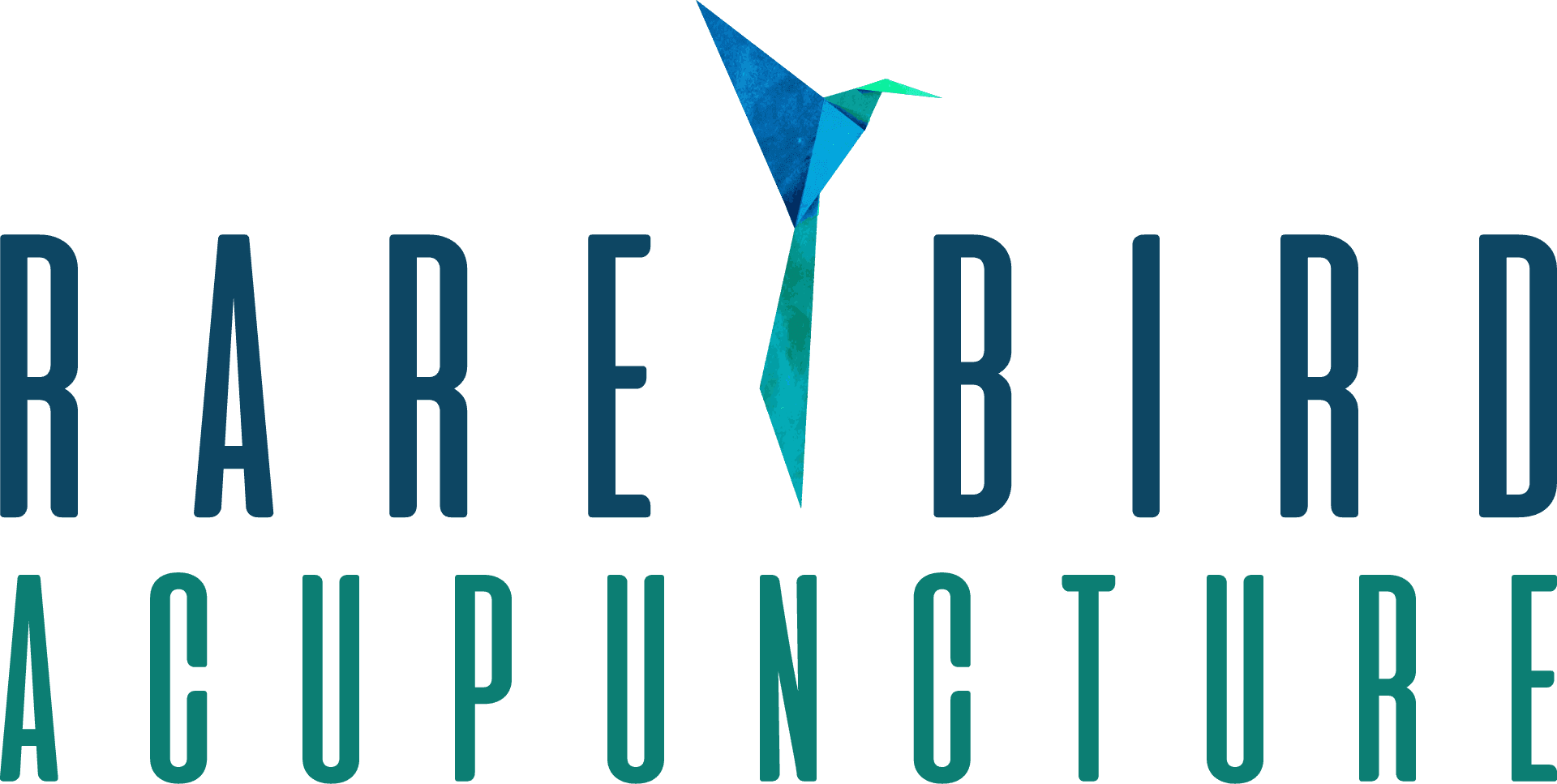
I love my dog, Bruno! I’m no different from other people who love animals, especially their pets. Why am I introducing Bruno to my clinic as a helper dog? Well, for starters, I have wanted to adopt a dog to train as a therapy dog for many years. Like a lot of people who run their own businesses, free time is not really part of the job description.
When my office was closed for COVID-19, I jumped at the opportunity to use the time to adopt a puppy. I wasn’t sure if Bruno would grow into a ‘therapy dog,’ but he has naturally and effortlessly stepped right into his new role as a professional comforter.
“A lot of times, kids talk directly to the dog,” Tim Hetzner* said. “They’re kind of like counselors with fur. They have excellent listening skills, and they demonstrate unconditional love. They don’t judge you or talk back.”
Here are three ways that animals improve health outcomes for those who seek treatment with me. I find them especially important during this unique time we are all navigating through.
- Physical Health: Petting an animal such as a dog or cat can immediately lower blood pressure and, in the long term, improve cardiovascular health. Studies suggest that physical pain is lessened among those who interact with a dog or cat. Sitting with and petting an animal creates a relaxation response in our bodies, and the release of endorphins in the brain can calm us.
- Mental Health: One of the reasons that pet therapies are so popular is their effect on human mental health. Interacting with an animal helps lessen loneliness and ease depression symptoms. Anxiety levels are reduced, along with feelings of alienation or isolation.
- Spiritual Health: Connection is what life’s about. People simply feel more connected and happier when they’re with animals. This is probably because we are animals ourselves, and to be with others who love us completely, just as we are, is part of the connection that all people crave.
This unique time in history has increased isolation and stress for almost every individual. We are learning new ways to connect and share with each other. How do we recognize our individuality under a mask and face shield? How do we shine and share our compassion and soul light from a distance? The big question is, How do we CONNECT?!
In March, some of these questions might have sent us spiraling, but look at how far we have come! We can take a few lessons from the animal kingdom. They don’t share our language or our social conditioning, but they transcend to meet us exactly where we are and always with unconditional love.
If you do a little digging, it’s easy to find articles about dogs and other animals being brought in to assist in the healing of humans and other animals. For those of you who like scientific journals and case studies, I have included excerpts from this scientific journal article. Follow the links below to read the entire article.
Credit: This article was submitted to Frontiers in Psychology’s Psychology for Clinical Settings, a specialty of Frontiers in Psychology, in 2012.
During the last decade, it has become more widely accepted that pet ownership and animal assistance in therapy and education may have a multitude of positive effects on humans. Today, the value of animal-assisted interventions (AAI), including animal-assisted therapy (AAT) and activities is widely acknowledged. Interacting with animals influences social interaction between humans and related factors important in this respect, such as trust, empathy, aggression, and a positive mood.
Human-animal interaction (HAI) has been investigated for its effects on hormonal indicators of stress, such as cortisol, and on neurotransmitters, such as epinephrine and norepinephrine. First, studies not employing a specific stressor, then studies including a stressor are reported.
These studies provide direct evidence that interaction with a friendly companion animal, in particular a dog, positively affects endocrine responses as indicated by changes in the levels of cortisol, epinephrine, and norepinephrine, suggesting an attenuation of stress responses via HAI.
‘The studies reviewed here clearly indicate the following positive effects of human-animal interactions in several different domains and in humans of different age groups, with and without special medical or mental health conditions:
- Improvement of social attention, behavior, interpersonal interaction, and mood
- Reduction of stress-related parameters such as cortisol, heart rate, and blood pressure
- Reduction of self-reported fear and anxiety, and
- Improvement of mental and physical health, especially cardiovascular health.
Limited evidence or very few publications exist for the positive effects of HAI on:
- Reduction of stress-related parameters such as epinephrine and norepinephrine
- Improvement of immune system functioning
- Improved pain management
- Increased trustworthiness of and trust toward other persons
- Reduced aggression
- Enhanced empathy, and
- Improved learning
Overall, we propose that the reduction of subjective psychological stress (fear, anxiety) due to animal contact, as well as the dampening of physiological stress parameters in connection with the activation of the oxytocin system, represent a core mechanism in explaining many of the positive effects of human-animal interaction.
Links to Cited Article and Quote
Psychosocial and Psychophysiological Effects of Human-Animal Interactions: The Possible Role of Oxytocin
*Canines Bring Comfort to Newtown Survivors and Others in Crisis, by Amanda Fiegl, National Geographic News, December 2010
